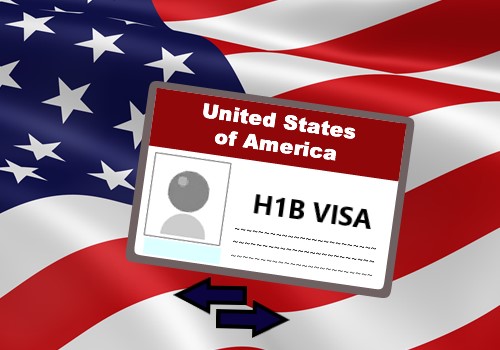Employees that work under the regulations of the H-1B visa have often run into difficulty if they ever find that their employment is terminated. Fortunately, the Federal Register is implementing a Final Rule that gives certain provisions and an H-1B grace period to those that need some time to find other employment.
Because the H-1B is contingent on the visa holder’s job, losing that employment has, in the past, had serious repercussions on the person’s visa status. H-1B holders would have to either switch to a new employer or leave the country to avoid being considered out of status.
However, as of January 17, 2017, foreign professionals under the H-1B visa will have a 60-day grace period if their employment is terminated. Under this Final Rule, this H-1B grace period can be used to find another employer, change visa status, or leave the country to avoid being “out of status.”
H-1B Grace Period Misconception
If you, like many others, are under the impression that you have a ten day H-1B grace period after your employment termination, it is likely because of a misunderstanding of the validity period regulation:
“A beneficiary shall be admitted to the United States for the validity period of the petition, plus a period of up to 10 days before the validity period begins and 10 days after the validity period ends. The beneficiary may not work except during the validity period of the petition.”
The USCIS does grant up to a 10-day grace after an H-1B visa ends (and the employer doesn’t file an extension) for the individual to get their affairs in order and prepare to leave the U.S.
However, this only applies to the natural end of the visa’s validation period. If your employment is terminated before the end of that period, then these 10 days do not apply. Fortunately, you will still be protected by the new 60-day grace period.
As dictated by the terms of the H-1B visa, you have to be working and earning wages from your employer in order to maintain lawful status. If you remain employed but your employer no longer pays your wages, you will have 60 days to regain lawful status before being considered “out of status”.
Unlawful Presence
It’s important to not accrue any unlawful presence within the country because that does have serious ramifications. For example, if you have between 180 and 365 days accrued then you are barred from the country for 3 years if you leave and attempt to return. If your unlawful presence exceeds 365 days, you’re barred for 10 years.
Seek Alternate Employment
One way to handle a situation where you have prior knowledge that your current H-1B employer will revoke status or issue layoffs is to change employers because the USCIS will generally approve petitions if you’ve had status and the gap is 30 days or less. That essentially gives you a month to find a new employer and file the new H-1B petition.
If you do find another employer willing to sponsor you for your H-1B, that employer will need to go through all of the steps that the previous employer went through. A Labor Condition Application will need to be obtained and another I-129 will need to be filed. Fortunately, if you have already been counted against the cap with your initial petition, this new petition will not be entered into the lottery, meaning that you can make this transfer at any time, not just on April 1st.
If you have been working with an EAD and were laid off then you have the right to start employment with a new job immediately since a job layoff or termination doesn’t invalidate EADs.
What if the gap exceeds 30 days? Unfortunately, this may decrease the likelihood of approval. However this isn’t always the case. Your best bet is to consult with an H-1B attorney to learn more about your options and the best course of action to take.
Change to Dependent Status
Another option available to you if you have a spouse also in the U.S on an H-1B visa is to change to dependent status (H-4 or L-2). By doing so you have the opportunity to search for another employer to petition on your behalf.
You do, however, need to demonstrate to the USCIS that your spouse has been working on their H-1B visa, show proof that you were also maintaining your status prior to the termination and a number of other determining factors.
If your H-1B spouse has an I-140 petition pending with the USCIS for a green card, you are currently able to apply for your an EAD card under H-4 status. However, the new political administration is heavily scrutinizing this rule and may remove it, meaning that you will need to find other means of employment through H-4 status.
Recap
“There is no automatic 10-day H-1B grace period for terminated employees holding H-1B status, so once the individual is no longer in a lawful nonimmigrant status, he/she usually must depart from the United States.” This grace period is only applicable to 10 days before and after your H-1B visa validation period.
However, under the new Final Rule, there is a 60-day grace period for terminated employees. You may use this time as you choose, including changing your status to a different nonimmigrant visa, though 60 days may not be enough time for most petitions to process without the help of premium processing.
If you’ve recently experienced an employment termination and haven’t yet had your H-1B revoked, you can request a change of status to another nonimmigrant visa while in the process of seeking employment.
If you have additional questions regarding the H-1B grace period misconception or any other H-1B related matters it’s best to consult an immigration attorney who specializes in these cases.
Source:- https://bit.ly/2MyCiuM
Disclaimer:- https://bit.ly/2S00nLJ
SUBSCRIBE TO OUR LATEST UPDATES
[newsletter_signup_form id=1]

